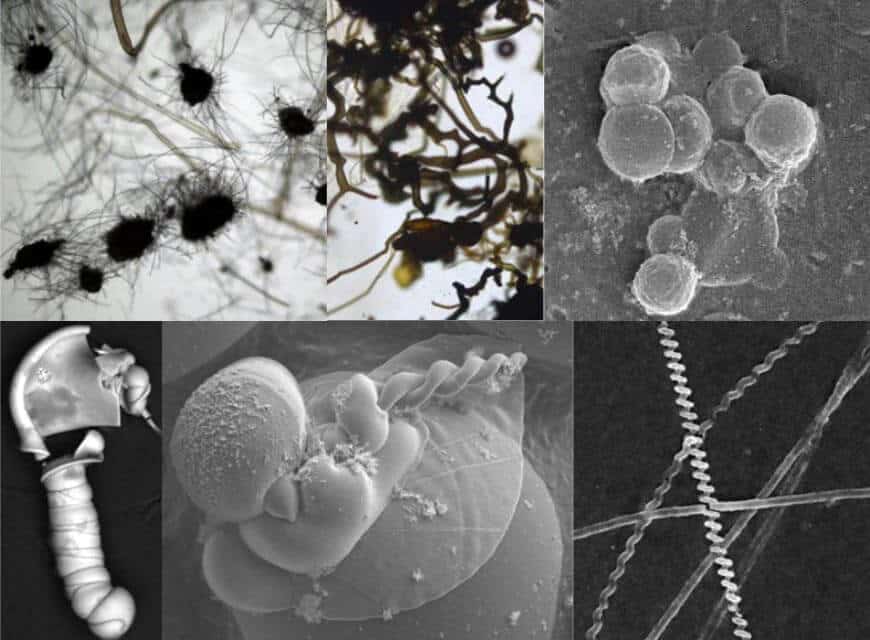Martian explorers looking for signs of ancient life may have been misled by fossil-like samples created by chemical processes, researchers say

Martian explorers looking for signs of ancient life may have been misled by fossil-like samples created by chemical processes, researchers say.
Rocks on Mars may contain many types of non-biological deposits that look similar to the kind of fossils that would likely be found if there had ever been life on the planet, the study said.
The ability to distinguish these simulated fossils from what could be evidence of ancient life on the Martian surface — which was temporarily populated four billion years ago — is essential to the success of current or future missions, the researchers say.
Astrobiologists from the Universities of Edinburgh and Oxford examined evidence of all the known processes that could have created life-like deposits in rocks on Mars.
They have identified dozens of processes—and there are likely many more that have yet to be discovered—that can create structures that mimic the structures of simple microscopic life forms that may have once existed on Mars.
Among the life-like samples these processes can create are deposits that look like bacterial cells and carbon-based molecules that closely resemble the building blocks of all known life.
Non-living processes can closely mimic signs of life, so the origin of any fossil-like specimen found on Mars will likely be highly ambiguous, the team says.
They call for more multidisciplinary research to better understand how life-like deposits could form on Mars, thereby helping the search for evidence of ancient life there and elsewhere in the solar system.
The research is published in the Journal of the Geological Society.
Dr Sean McMahon, an astrobiologist from the University of Edinburgh's School of Physics and Astronomy, said: "At some point a Mars rover will almost certainly find something that looks very similar to a fossil, so the ability to confidently distinguish these from structures and materials formed by chemical reactions is essential. For every type of fossil found there, there is at least one non-biological process that creates very similar things, so there is a real need to improve our understanding of how these are created."
Julie Kosmidis, associate professor of geobiology at the University of Oxford, said: "Life-mimicking processes have fooled us in the past. In many cases, objects that looked like fossilized bacteria have been described in ancient rocks on Earth and even in meteorites from Mars, but upon closer examination it turned out that their origin was not biological. This article is a warning sign by means of which we call to continue to study life-changing processes in the context of Mars, so that we avoid falling into the same traps again and again."
More of the topic in Hayadan:
- Mushrooms on Mars? Five unproven claims for the existence of alien life
- An astrobiologist suggests possible types of landing sites that would allow the detection of signs of life if these exist in the subsurface oceans of the moon Europa
- New light on the possibility of life on Mars
- Scientists from Stanford: discovery of flowing water on Mars increases the chances of life on the planet
